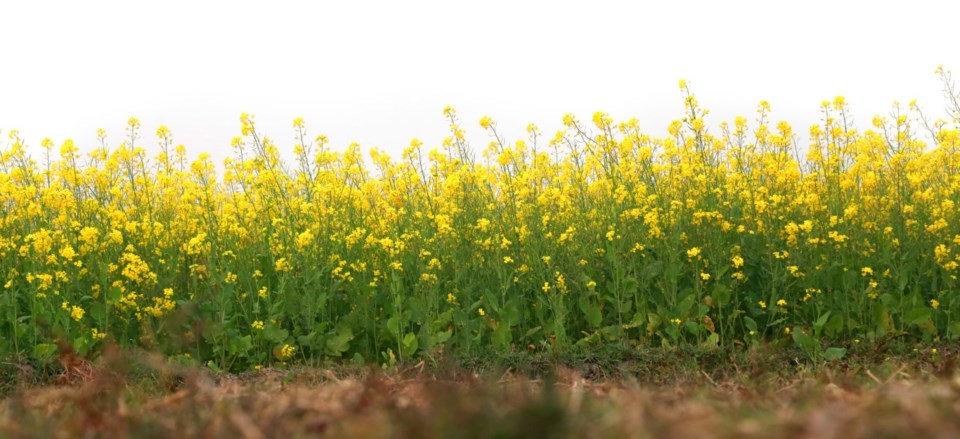WESTERN PRODUCER — The Black Sea region will continue to be a force in the mustard market in 2022-23, says a processor of the crop.
Scott Cunningham, chief operating officer of Schlüter & Maack Canada, said his company is estimating that Russian growers increased acres by 30 percent this year in response to sky-high prices.
There could be some issues getting that product to market due to international sanctions but exporters will find a way.
“We anticipate it’s going to be a discounted price just because they’re going to want to turn their product into U.S. dollars,” said Cunningham.
He suspects some of it will be routed through neighbouring countries like Kazakhstan and sold as mustard originating from there.
Ukraine will be the big wildcard this year. He was initially anticipating no exports from the war-torn country but Ukrainian mustard is surprisingly finding its way to Schlüter & Maack’s processing plan in Hamburg, Germany.
Product is getting out of the country by truck or via small container ports.
“They are going to have production and there are ways to get it out,” he said.
“We just don’t know at what price and what amount.”
Surrounding countries like Poland, the Czech Republic and Hungary that shifted away from the crop in the past will likely be producing some mustard this year.
It won’t be a big enough volume to affect world prices but it may make up for some of the potential Ukrainian deficit.
Ukraine primarily grows yellow mustard, while Russia harvests yellow and oriental types.
Canada is still the real mover and shaker in the mustard market.
Statistics Canada estimates growers planted 457,000 acres of the crop this year, a whopping 48 percent increase over last year.
“We’re probably at least there, if not pushing 500,000 acres,” said Cunningham.
Crop insurance levels for the crop were extremely attractive.
There will be some first-time growers in marginal growing areas like northern Saskatchewan and northern Manitoba, so he is anticipating some quality problems.
The biggest acreage gains were in brown mustard. Usually, 60 percent of all acres are yellow with the remainder split between brown and oriental.
This year the breakdown will likely be 50 percent yellow, 35 percent brown and 15 percent oriental, he said.
Agriculture Canada is forecasting 145,000 tonnes of production, up from 50,000 tonnes last year.
Cunningham thinks that sounds about right. The crop is off to a decent start and he is forecasting average to above average yields.
Growers in the southwestern corner of Saskatchewan whose crops were “obliterated” last year are reporting some of the best crops they have seen in years.
If the rains keep coming there could be some downward pressure on prices, although he isn’t anticipating any huge drops.
New crop prices for all three types of mustard are hovering near 90 cents to $1 per pound. That compares to usual levels 40 cents for yellow, 35 cents for brown and 30 cents for oriental.
Prices are down significantly from the lofty levels of $2 for old crop yellow and brown mustard. Oriental never got that high due to supplies in Eastern Europe.
Cunningham thinks brown mustard prices could fall to the 75 to 80 cents per lb. range if Canada harvests a good crop.
“Oriental is going to be the one out of the three to watch the closest,” he said.
Oriental growers have often binned their crop in the past when prices were 30 cents per lb. but it is doubtful they will be doing that at today’s levels.
He doesn’t see oriental prices rising from current levels due to the anticipated large crop out of Russia.
There is going to be plenty of pent-up demand for Canada’s 2022 mustard crop.
Global production of brown mustard, which is the kind used to make Dijon-style mustard, was halved in 2021, according to an article published by FoodIngredientsFirst, a Dutch publication covering the food industry.
Luc Vandermaesen, managing director of Reine de Dijon, a French mustard manufacturer, told the publication that there were no carryover stocks from previous years to buffer that shortfall.
“The situation will improve only if the harvest 2022 is good in both Burgundy (France) and Canada,” he said.
“If not, the shortage will last longer.”
His company paid six-times last year’s price for 50 tonnes of seed in April.
Contact [email protected]

